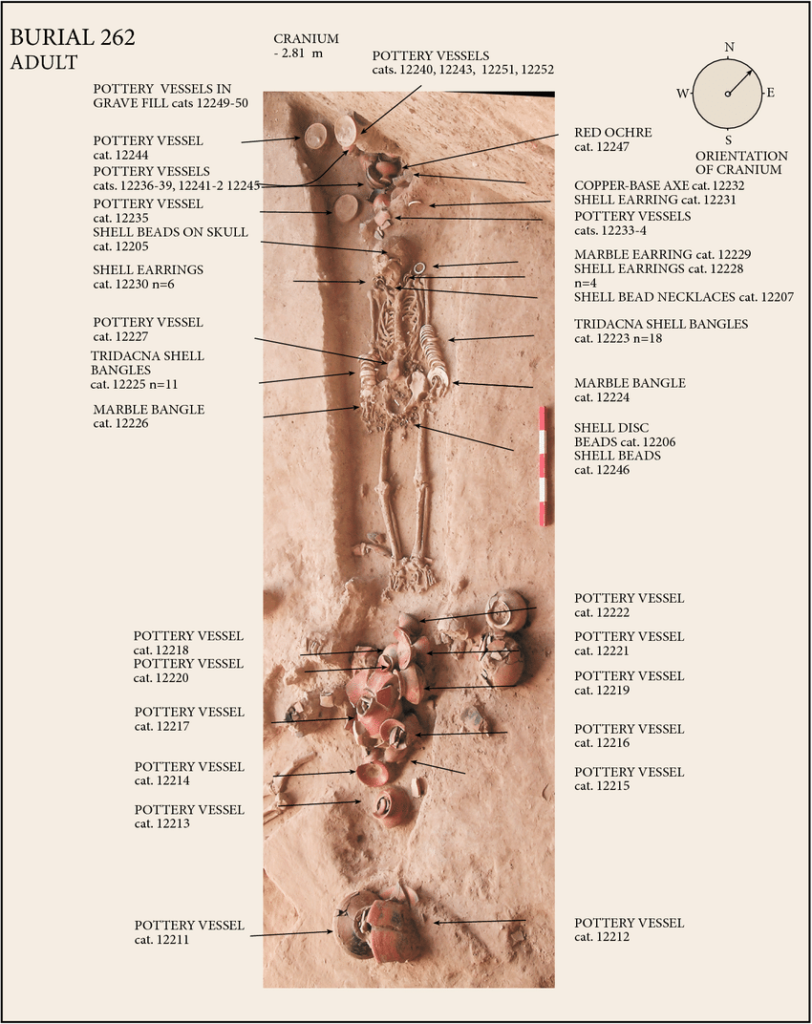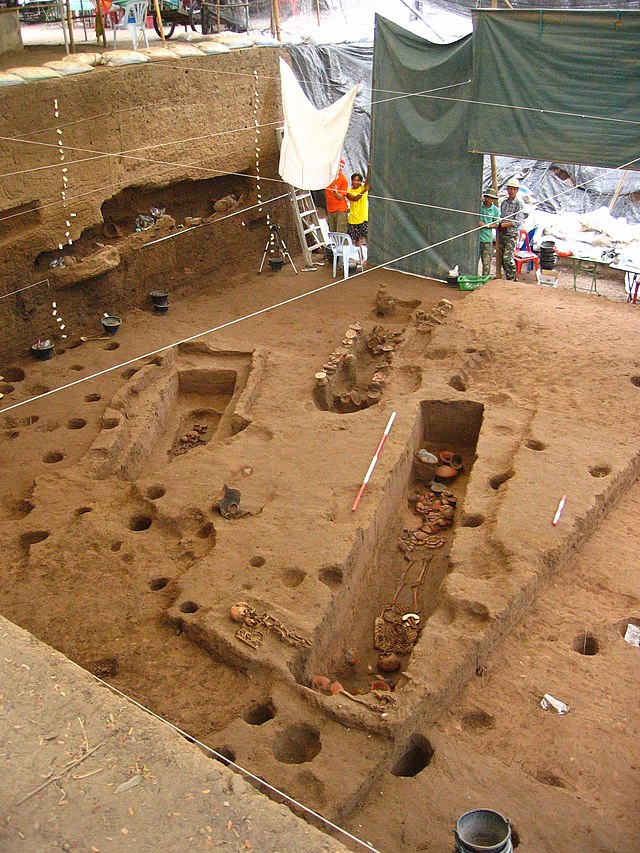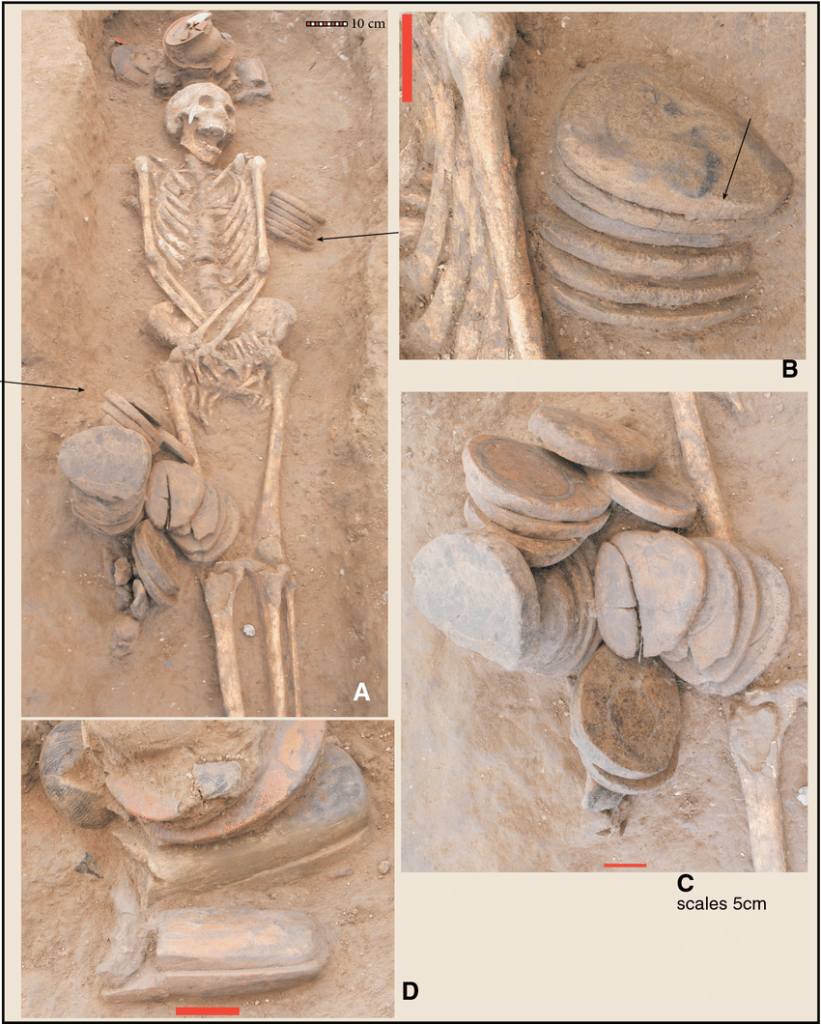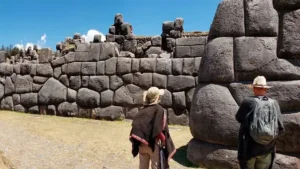Introduction
Ban Non Wat, located in Thailand, is an archaeological site of great significance, revealing layers of history that span across the Neolithic, Bronze, and Iron Ages. The site, featuring an astonishing 640 burials, recently unveiled a burial dating from 1000-800 BC, distinguished by an exceptional collection of shell and marble bangles.

Discovery and Significance
The discovery of this particular burial with its unique artifacts sheds light on the cultural and artistic practices of the ancient inhabitants. The presence of shell and marble bangles suggests a sophisticated level of craftsmanship and trade, as these materials would have required specific skills to fashion and may have been sourced from distant regions.

The Burial Site
Ban Non Wat stands out for its extensive number of burials, indicating a long-term settlement with a significant population. The variety in burial practices observed at this site offers a rich tapestry of information about the social structures, rituals, and daily life of the ancient communities that lived here.
Artifacts and Interpretation
The shell and marble bangles found in the 1000-800 BC burial are particularly intriguing. They could have been used as personal adornments, signifying social status, or as part of ritualistic practices. The craftsmanship involved in creating these bangles points to a society with specialized skills and possibly established trade networks.

Conclusion
Ban Non Wat is a treasure trove for historians and archaeologists, offering a window into the evolving human societies in Thailand over thousands of years. Each layer unearthed contributes to our understanding of the past, painting a picture of the rich cultural heritage that has shaped the region.


